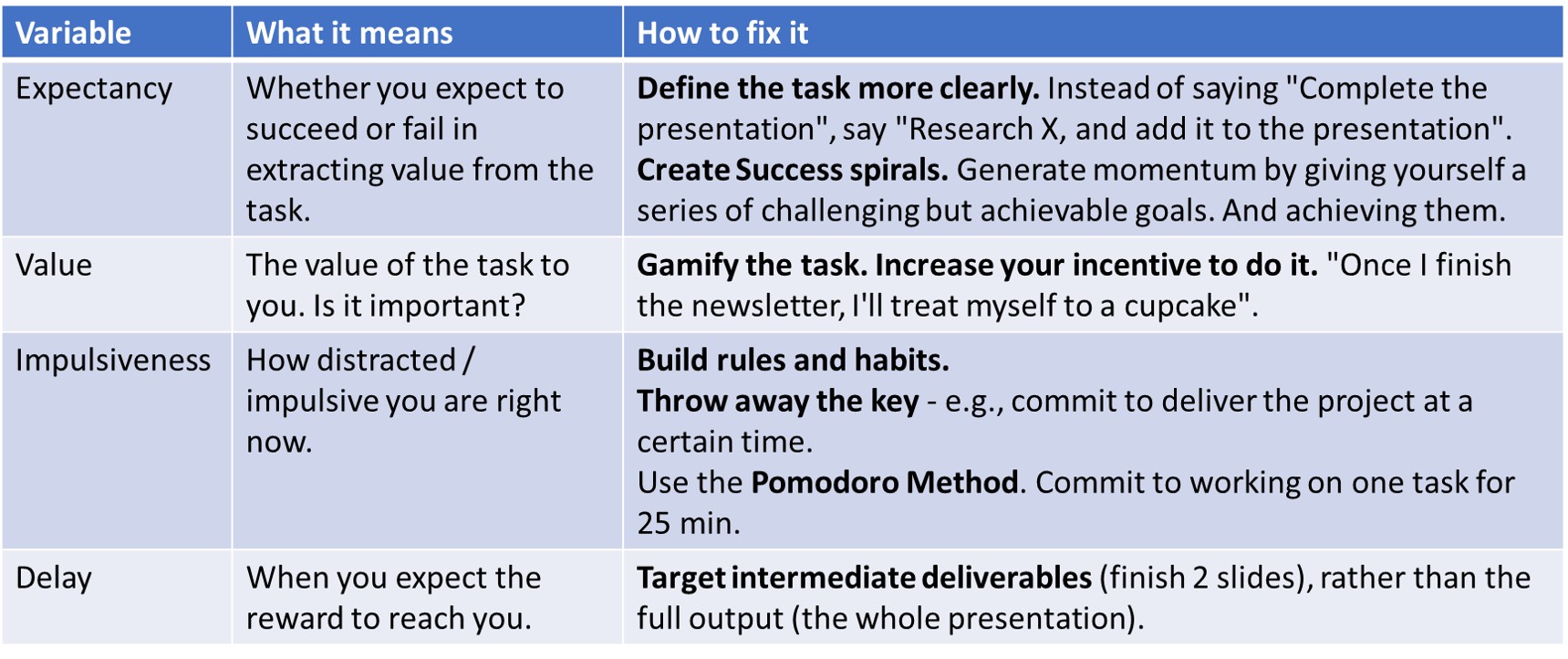My wife berated me the other day for forming a strong opinion about something (I forget what) without knowing all the facts. To which I responded with a question: Is it even possible to know all the facts?
Pride at being a smart alec notwithstanding, the conversation reminded me of this mental model. So, thanks hon!
What it is:
Philosopher Daniel Dennett talks about Occam’s Broom, a play on Occam’s Razor (a mental model for another day).
He uses the term to describe how, when we’re making an argument, we have a tendency to whisk inconvenient facts under the carpet.
And this tendency, already questionable, becomes downright insidious when experts present their arguments to the layperson. And completely leave out pertinent (but contrary) evidence.
Or when journalists present only half the story in the garb of “news”. Move over fake news – at least those guys aren’t pretending to themselves that they’re telling the truth!
And the worst thing is – you cannot do anything about Occam’s Broom. You’re helpless. After all, you don’t know what you don’t know!
Examples in business:
- Evaluating partnerships / acquisitions: When you’re assessing a company to acquire / partner with it, you can only ask so many “right questions”. You never know where a black swan may be lurking. That’s probably why half of M&A deals fail.
- Deciding on potential product features / business choices: If your team presents a new business opportunity / product feature, you can expect to mainly hear the pros of the choice. Sure there’ll be cons, but most of them will be strawmen.
- Listening to a sales pitch: Let’s say a salesman presents you the latest software to revolutionize your business, or a “sure” stock pick. You have no way to know what he’s not telling you.
- To assess whether a hypothesis is true, you need to test it. You can talk to all the experts you want. But you won’t get decisive answers unless you ask the right questions. And you don’t know the right questions!
Rules to follow:
OK, we get it. You don’t know what you don’t know. What do you do then?
- Whenever you’re making up your mind about something, recognize that you may not know all the relevant factors.
- Avoid forming opinions in areas where you’re not an expert. Keep your identity small.
- Sometimes, you do have to form opinions based on incomplete facts. In such cases, remember the adage “strong opinions, weakly held”. Form decisive opinions, but change them when the known facts change.
- Whenever someone offers you a strong / extreme opinion, get your guard up. Reality is not as stark as Occam’s Razor would argue.
- Tread carefully in a new area. Do a “pilot”. No matter how much you’ve analyzed it. It’s a hypothesis till it proves itself in action.
Further Reading:
- Occam’s Broom
- Intuition Pumps: Daniel Dennett’s book, which introduces this model. [Warning: it’s not an easy read]. Also check out this article for a collection of his critical thinking tools – mental models in their own right.
Linked to: Occam’s Razor
Filed Under: Psychology & Human Behavior
To get new mental models every week, along with other great reads on startups, business, management and everything in between, sign up for Sunday Reads. Don’t miss the next one!
